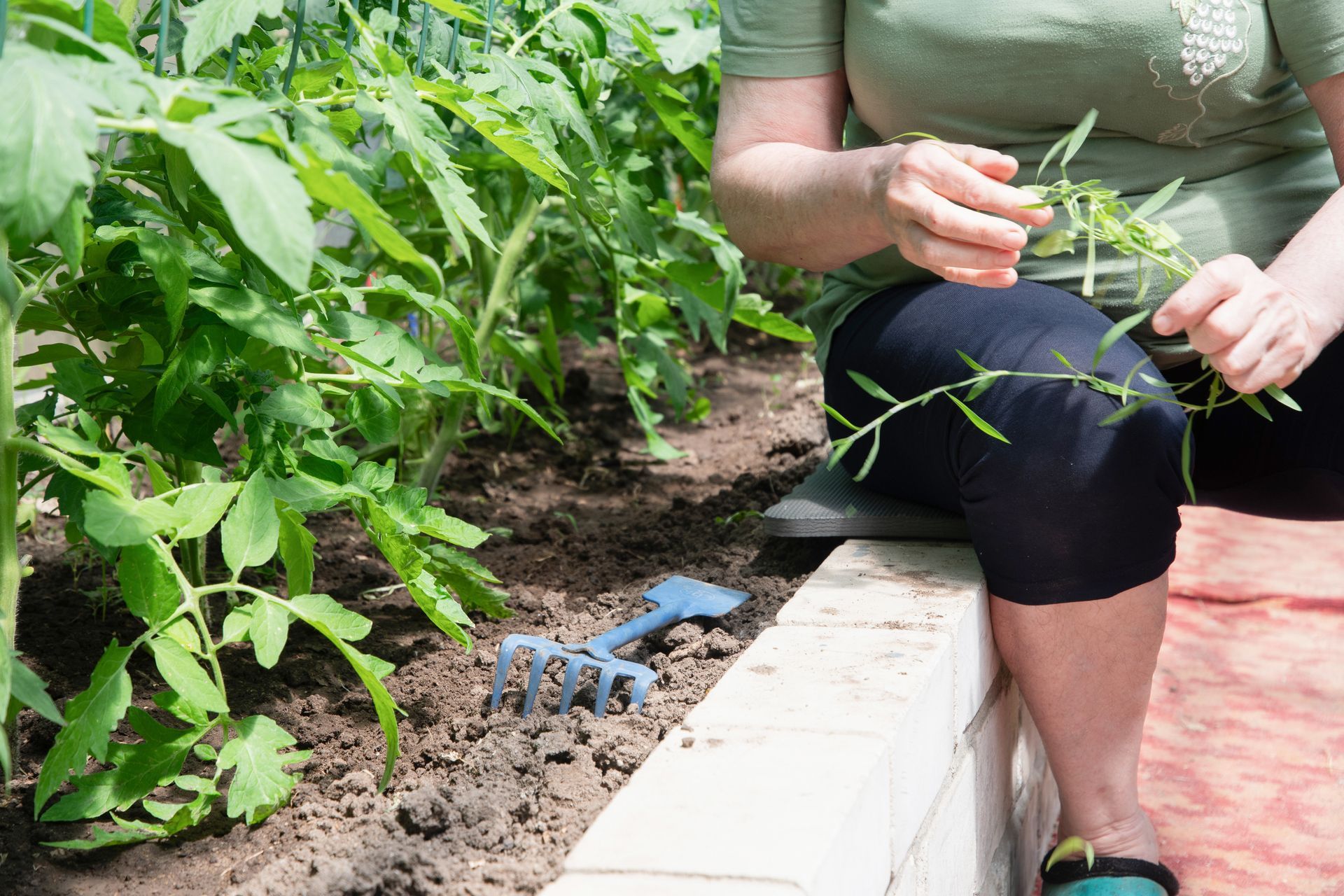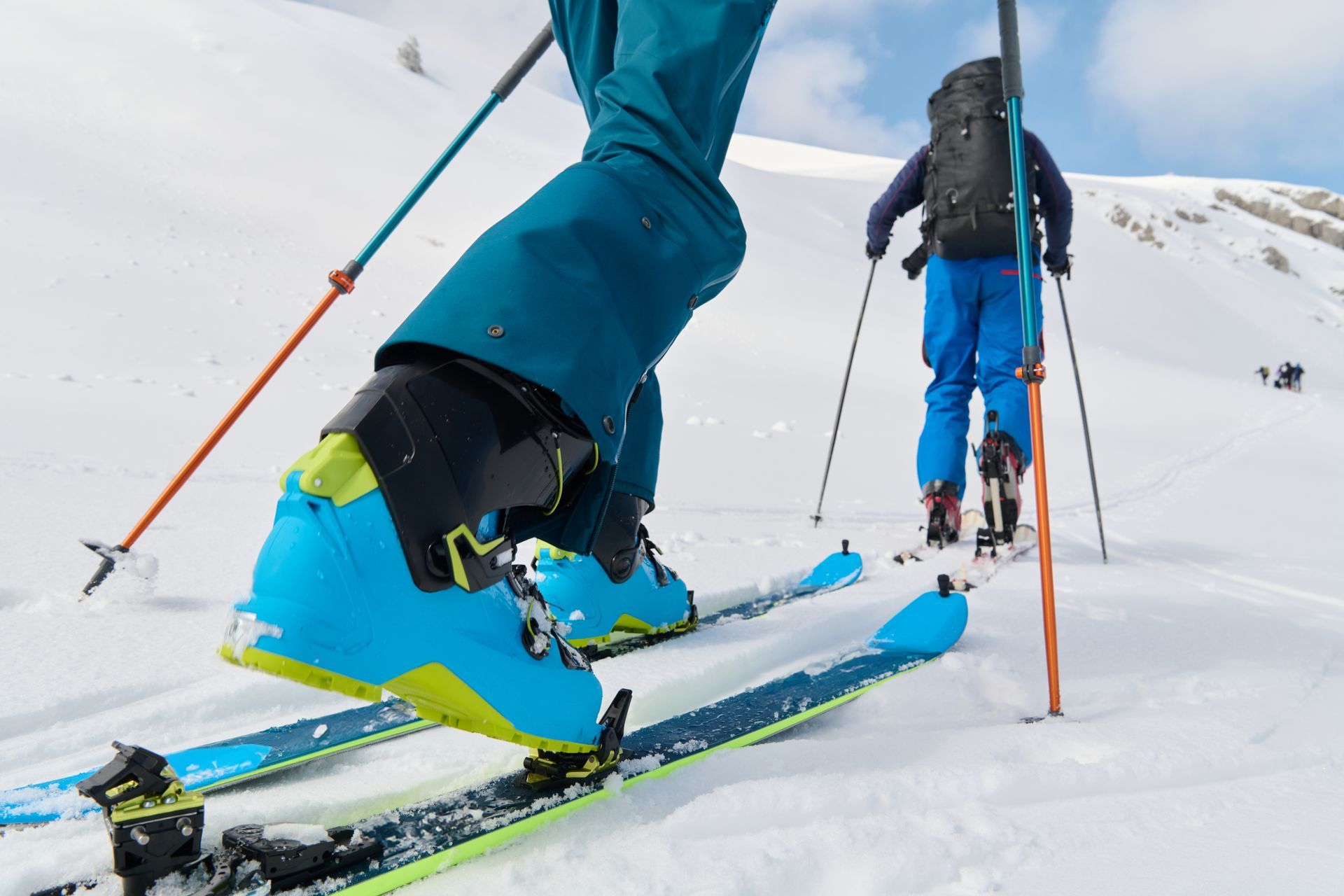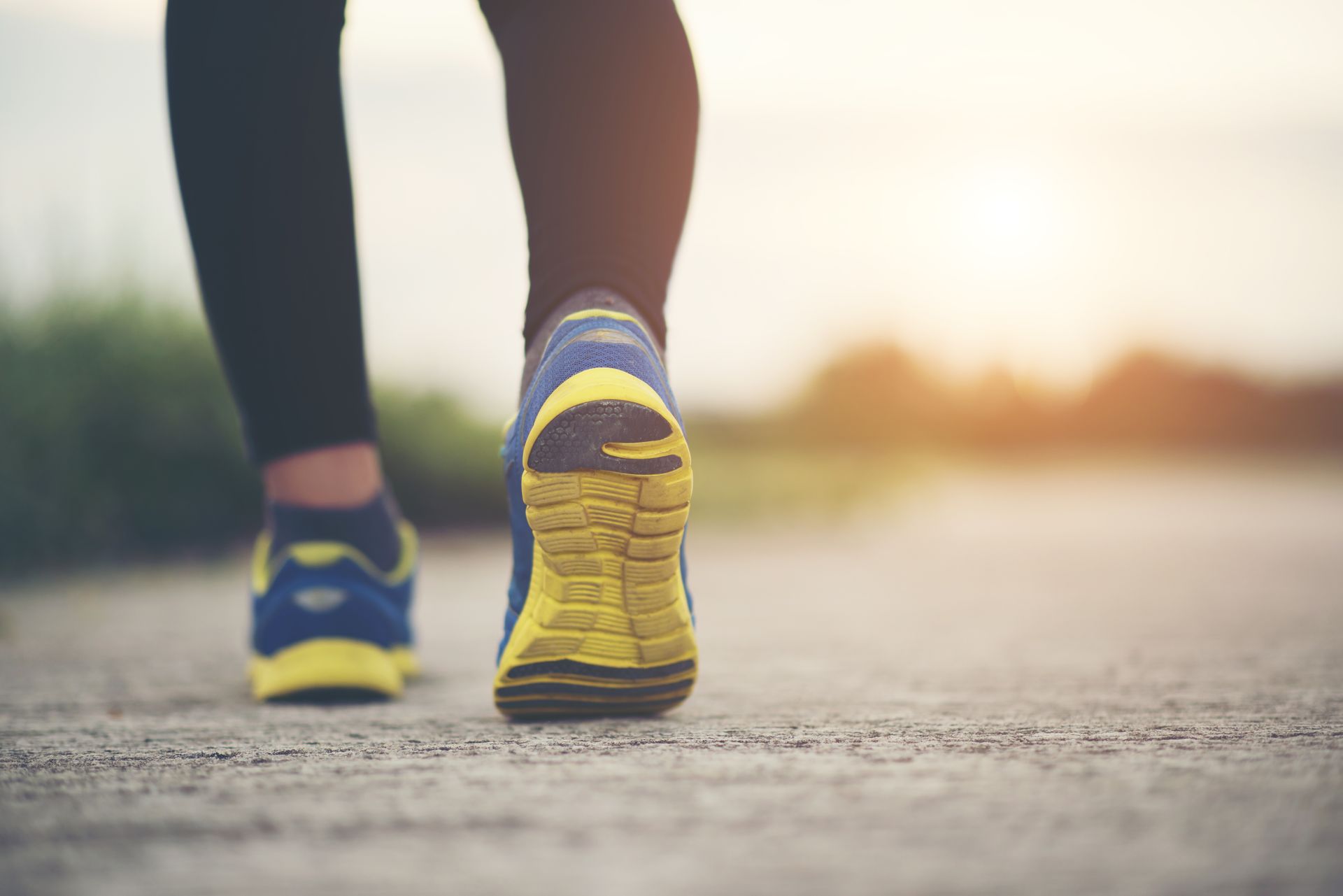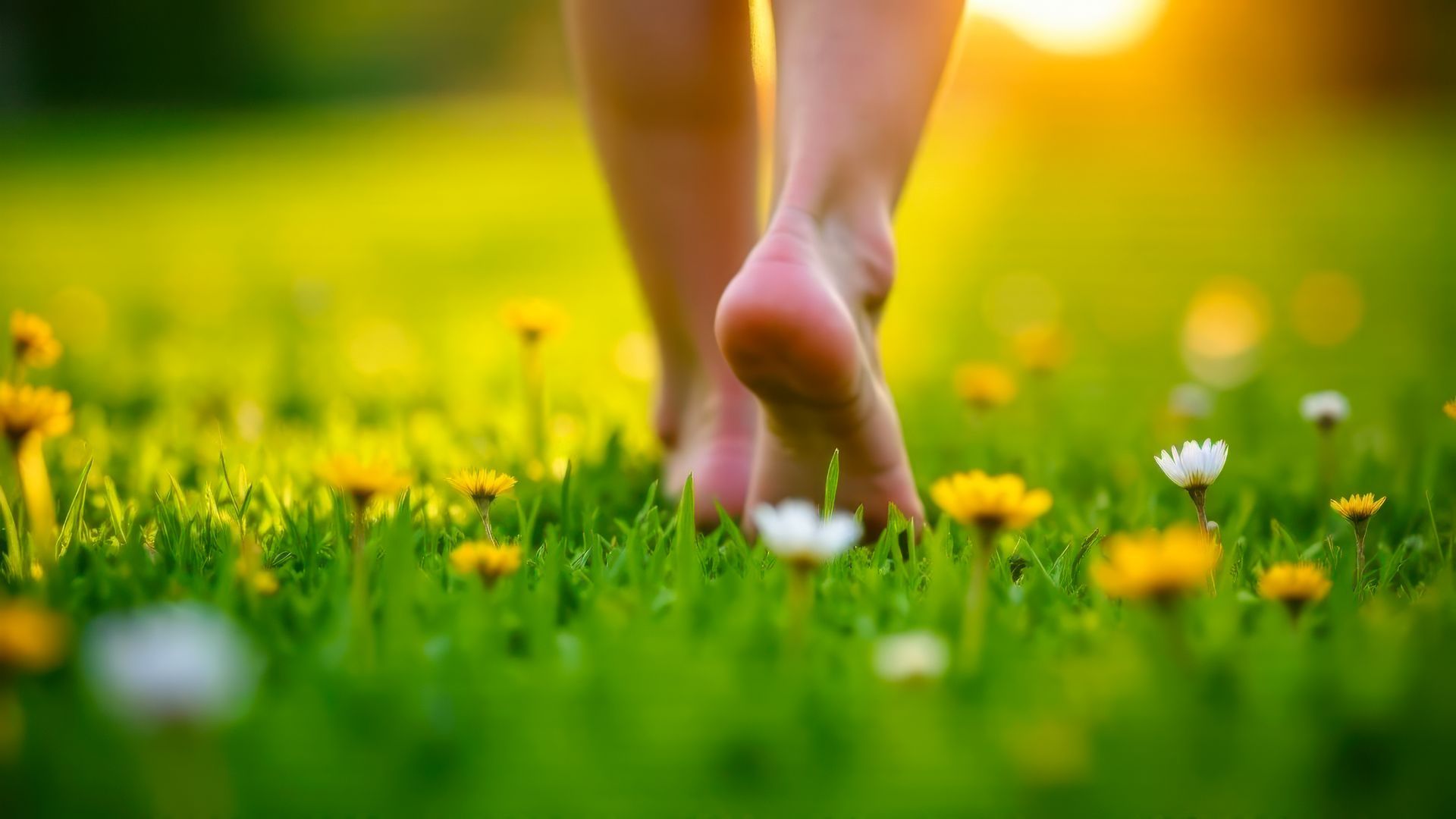Varicose Veins and Fashion: Transitioning Your Wardrobe for Fall
Transitioning your wardrobe for the fall doesn't just mean swapping out sandals for boots and tank tops for sweaters—it also offers an opportunity to make vein-friendly fashion choices, particularly for those managing varicose veins. Here are some style tips that can help you stay both fashionable and comfortable throughout the fall while taking care of your vein health.
Compression Hose
Compression Hose are a cornerstone for managing varicose veins fashionably in the fall. They not only aid in circulation but also reduce pain and swelling. Available in various styles and colors, compression tights can seamlessly integrate into your fall wardrobe. Pair them with a stylish skirt or under a cozy dress to keep your fashion sense sharp and your legs comfortable.
Additionally, for those looking to enhance their fall fashion, layered looks with compression hose under ripped jeans or peeking out from under midi skirts can add both style and function. To get the best improvement in your circulation, 20-30 mm Hg Graduated Thigh High Compression Hose are the best.
Supportive Footwear
Footwear in fall fashion tends to involve more substantial shoes, which is perfect for those needing extra support. Opt for shoes with adequate support and a comfortable fit, avoiding high heels for everyday wear.
Stylish flats, ankle boots, or supportive sneakers can be excellent choices that blend style with comfort and health benefits. Experiment with various cushioned insoles to find the best fit that provides extra support and alleviates pressure on your legs and feet.
Layering Smartly
Layering is a hallmark of fall fashion. Choose loose-fitting layers that don't constrict areas where you have varicose veins. Opt for soft, breathable fabrics like cotton and wool, which allow for better circulation than tighter synthetic materials.
This approach not only keeps you warm as temperatures drop but also supports good circulation. Consider incorporating flowing tunics or structured blazers that add style without tightening around sensitive areas.
Choosing the Right Fabrics
When selecting clothing, prioritize fabrics that allow your skin to breathe and don't constrict your body, especially around your legs and waist. Fabrics like cotton, linen, and soft wools are ideal as they provide warmth without compromising comfort or circulation. These materials also adapt well to temperature changes, ensuring comfort both indoors and outdoors during the fall.
Accessories for Function and Fashion
Don’t forget about accessories. Items like scarves can add a pop of color and style to your outfit while allowing you to adjust to changing temperatures easily. Leg warmers can also be a stylish and practical addition for those chilly mornings.
Moreover, consider hats and gloves made from natural fibers for added warmth without sacrificing style or comfort.
Tailored Options for Better Fit and Comfort
For those with significant vein issues, tailored clothing can be a great option. Custom-fit garments allow for better blood circulation and can accommodate compression hose without sacrificing style. Tailors can adjust hemlines, waistbands, and even fabric choices to better suit individual health needs while keeping in line with personal style preferences.
Dressing for Events and Special Occasions
During the fall season, many find themselves attending more formal or semi-formal events. Choosing the right attire for these occasions while managing varicose veins can be challenging. Look for evening wear that incorporates supportive elements, such as built-in compression in stylish tights or breathable, loose-fitting gowns that do not restrict circulation in the legs.
Conclusion
Adapting your wardrobe for fall while managing varicose veins is about finding the right balance between style and comfort. By choosing the right compression wear, footwear, and fabrics, you can enjoy the season’s fashion trends without compromising your vein health. If you’re looking for more personalized advice or need to address specific concerns about varicose veins, consider scheduling a free vein screening at The Vein Specialists.
Embrace fall fashion with confidence and comfort, and let your style shine through while taking care of your health!

